 The diesel engines are referred to as maybe the most promising powertrains in the nearest future, if we take into consideration their truly superior thermal efficiency as well as the oustanding reliability. Nowadays, diesel engines are widely used in the most of the commercial vehicles, industrial applications, cars and light-duty lorries.
Modern emissions standards and demands of the customers of today are driving diesel engineering to become a dramatically growing applied engineering discipline in order to meet the applicable requirements of designing optimum diesel engines. The engineering population in diesel engines' design is growing quite fast.
The requirement for new advanced design theories and professional reference books has become pressing and obvious. This volume presents my own experience and findings in many interrelated areas of diesel engine performance analysis and system design. The present book is also intending to establish some sort of emerging area of the diesel engine system design for the diesel industry.
The whole technical process of designing the diesel engine is very complex indeed since it involves so many different people and companies from the original equipment makers to suppliers. A system design approach to set up correct engine performance specifications is essential in order to streamline the design process.
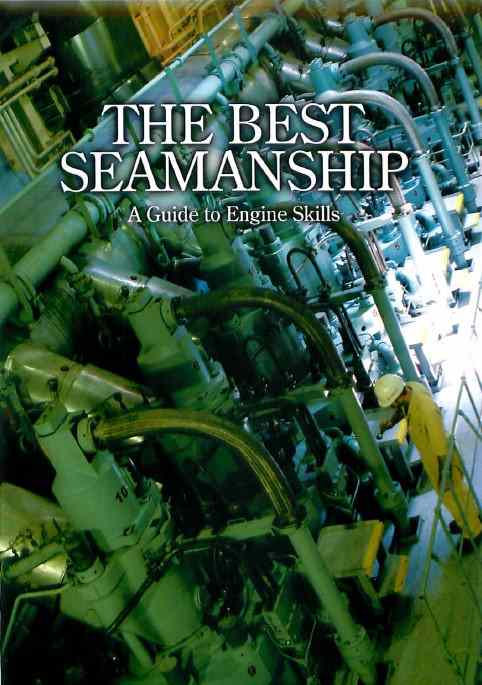 The content of the first original title by Professor Toshio Hishima, namely "The Best Seamanship - A Guide to Deck Skills", was developed with his intention to help the deck crew members as well as the cadets to get to the better understanding of the different repair activities that they will get involved into onboard their vessels. Subsequently, the present publication was released, covering the shipboard machinery space activities.
The readers will start with the lathe work which is still quite basic and necessary-to-know information, followed by the gas and arc welding procedures and equipment. After that, they can proceed to the valves installed onboard their vessel, and here the coverage includes the technical maintenance of the valves, their types, replacement matters etc.
Working with slings is addressed within a separate chapter. The rest of the book ideals with the alignment issues, steel piping and its replacement, general works commonly carried out in the ship's engine room, and so many other important topics. The text is full of useful advices, that is the reason why the volume is so highly recommended.
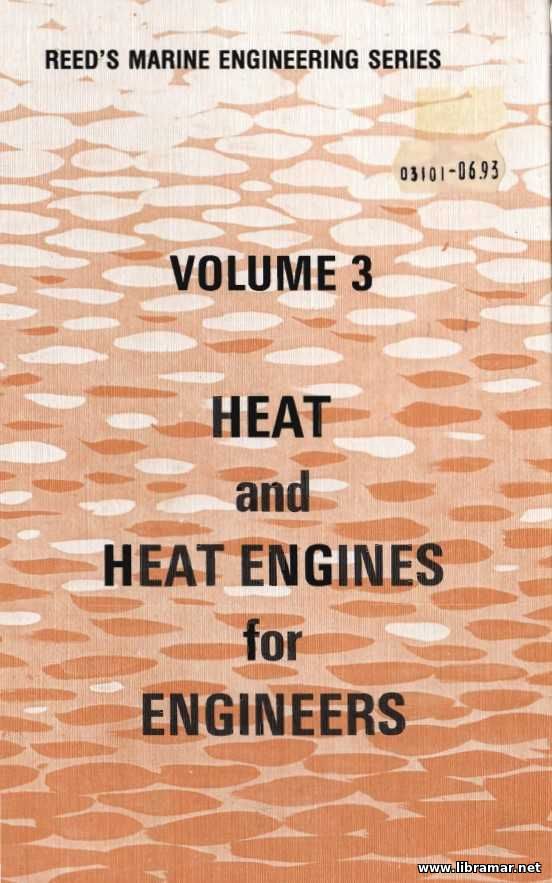 Another volume of those belonging to the world famous and popular Reed’s Marine Engineering series of books, and this one is going to provide engineers with all necessary technical information related to the heat and heat engines. The author of the book concentrated on the essential principles of the matter, and provided the text with the numerous illustrative and informative sketches.
It is a perfect tool for preparation to the examinations for the first- and second-class engineers. The content is full of the problems and examples, and each of them is provided with the detailed and explained solutions. There are as many as fifteen chapters in the book, starting from the common terminology and units, and the general info on the heat, thermal expansion and heat transfer.
Then, the students will read about the laws governing the behavior of the perfect gases, their compression/expansion, cycles etc. after that it is time to start with the internal combustion engines, boilers, reciprocating engines, turbines, and so forth.
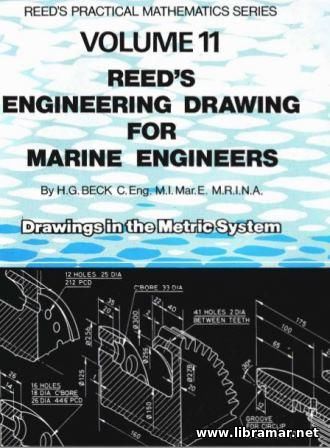 Here is one of the volumes belonging to the world famous and popular Reed’s Practical Mathematics Series, with all of the other books available at our website. The publication acquaints readers with the engineering drawings and is mainly aimed at the students of marine engineering disciplines; however, it will be of great practical use to the working engineers willing to refresh their knowledge of some areas.
The students will find everything the need to know about the drawing in this book. Of course, it should be understood that one can achieve perfect draughtsmanship only through diligence and lot of practice, which is why there are so many exercises included in the volume. In addition to that, the second part of the publication is entirely devoted to the examinations.
The four major chapters of the book provide necessary practical tips on creating the drawings using the orthographic projection and provide the commonly used engineering drawing terminology, as well as give some practical exampled supplemented with the pictorial representations; the last chapter is dealing with the diagrams of shearing forces/bending moments – as you can see, nothing was left uncovered.
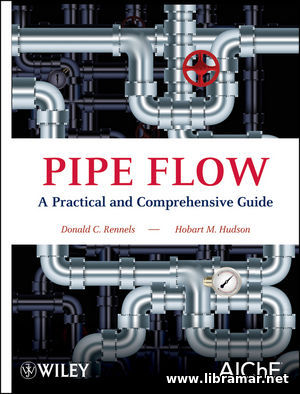 The publication we offer today provides all technical info and relevant data that would be required for the specialists who are actually dealing with the design and analysis of the various piping systems supporting numerous industrial operations, power generating plants and the distribution systems. In their publication the authors have tried to demonstrate how both prediction and management of the loss in pressure should be performed when working with the different piping systems and their associated piping components.
The present volume has drawn together the valuable results of the theoretical and empirical researches together with the reviews done by the recognized industry professionals, including the data required for a selection of the components. The authors have also examined the data obtained during the experiments and the formulas, integrating and organizing them into equations. The results of their prominent work have been presented in the form of the data diagrams and straightforward tables. Moreover, the book will provide readers with the typical problems and proposed solutions, describing the key technical concepts that are so widely applied and have already proven successful in practice. The references and sections proposing some further reading allow the users to explore all the topics that have been covered, in an even greater depth.
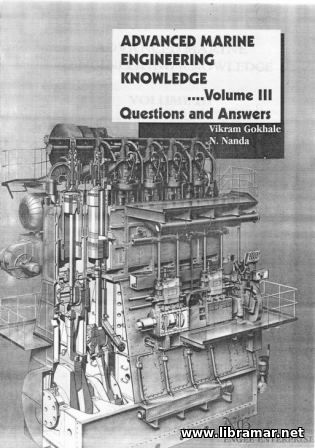 And this is the closing part of the Advance Marine Engineering Knowledge set, started with the Vol. 1 and continued with Vol. 2, both available here. Nowadays, the shipboard safety is directly connected with the seamen, the way they perform their duties, as well as with the working environment, and the ship procedures shall address the essential safety aspects as necessary.
Taking into account that the structure of any vessel is impacted by the corrosive environment from the very first day, and that the engines and other machinery items work highly loaded, the possibility of the hazardous conditions on board is high. That is why it is critically important for the safety of the ship and people on board to possess a sound technical knowledge coupled with a good practical experience.
Unlike the first two parts, the authors used the completely new format here, and presented the material in the Question-and-Answer format. The subject change was effected in response to the numerous feedback messages received after the release of the preceding parts.
This new approach developed and introduced by the authors was maybe that something so much needed by the engineers, and this made the complete set perfect, well met and popular. It is absolutely imperative that any marine engineering student and even practicing engineer has a full set of books readily available for training and reference purposes.
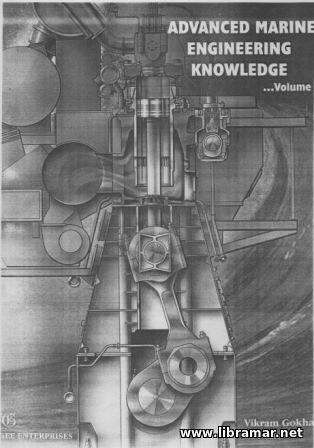 Here is the opening part of the world popular three-volume set released specifically for the students of marine engineering related disciplines and practicing marine engineers. The today’s marine engineers have to solve the complex problems of the entire spectrum of technology, depending on the type and size of the vessel they work on.
The content of the present set of book is intended to provide all marine engineers with the necessary information enabling them to perform their duties in a professional manner. It is also a perfect training and reference source for those preparing to sit for the MEO Certificate of Competency exam. Featuring a thoroughly updated content, this release takes into consideration all latest technological advances in the field, presenting the material in a lucid and concise way, so highly appreciated by the students and engineers all around the world.
This first volume is made of eleven chapters, covering such the important aspects of marine engineering as the internal combustion engines and fuels used on board marine vessels, lube oil and fuel oil systems, problems normally arising when operating the engines and conducting their routine technical maintenance water treatment and other important areas. Note that the Vol. 2 and Vol. 3 are also available, so make sure you have your own full set of publications.
 The present publication belongs to the world popular and famous Reeds series. The content of the volume is covering the essential concepts of the theoretical maritime physics science underpinning the basic principles of the electromagnetic wave, and same is discussed in the numerous relevant training courses, including the merchant and naval marine engineering.
That is why it is critically important for the maritime users to possess a good knowledge of the concepts on which the contemporary marine communication devices and sensors work. It shall be noted that the subject knowledge forms an integral part of the merchant navy requirements as per the relevant sections of the STCW convention.
This compact volume is intended to provide some introductory information presented in a very clear and easy-to-understand manner making is the best choice for the trainees with the English being non-native language. The authors have presented a truly comprehensive yet quite concise study of the fundamental principles, providing readers with the necessary background before they proceed to studying the subject further, since it will greatly contribute in their technical knowledge and preparation.
|







